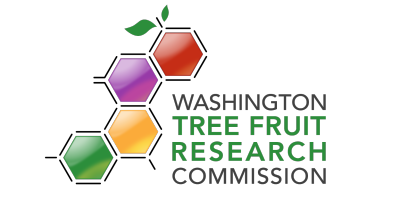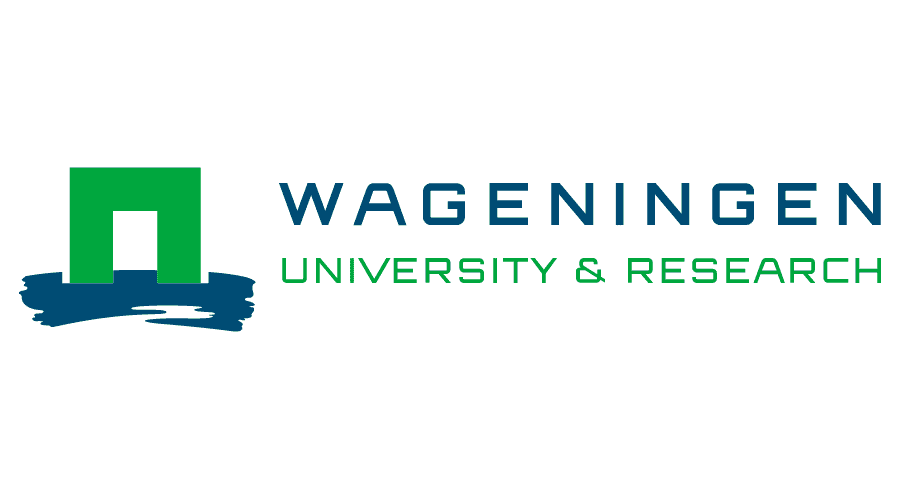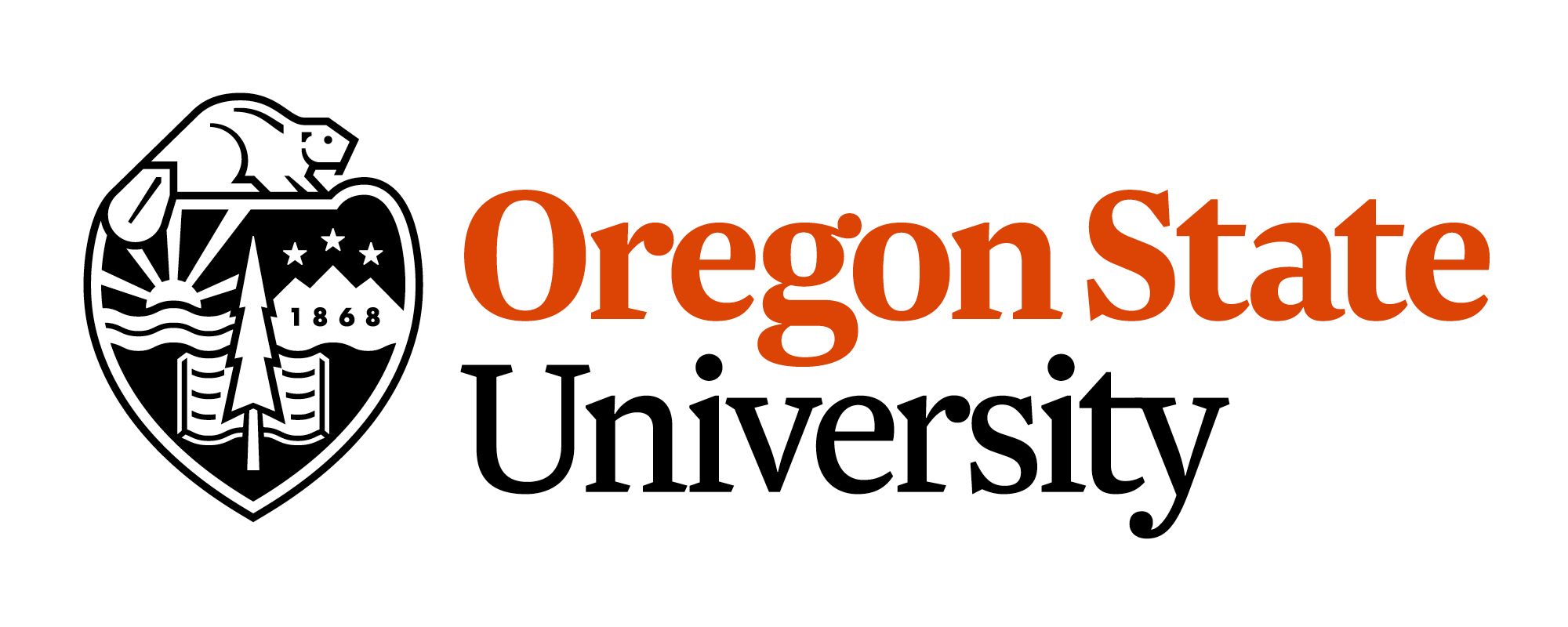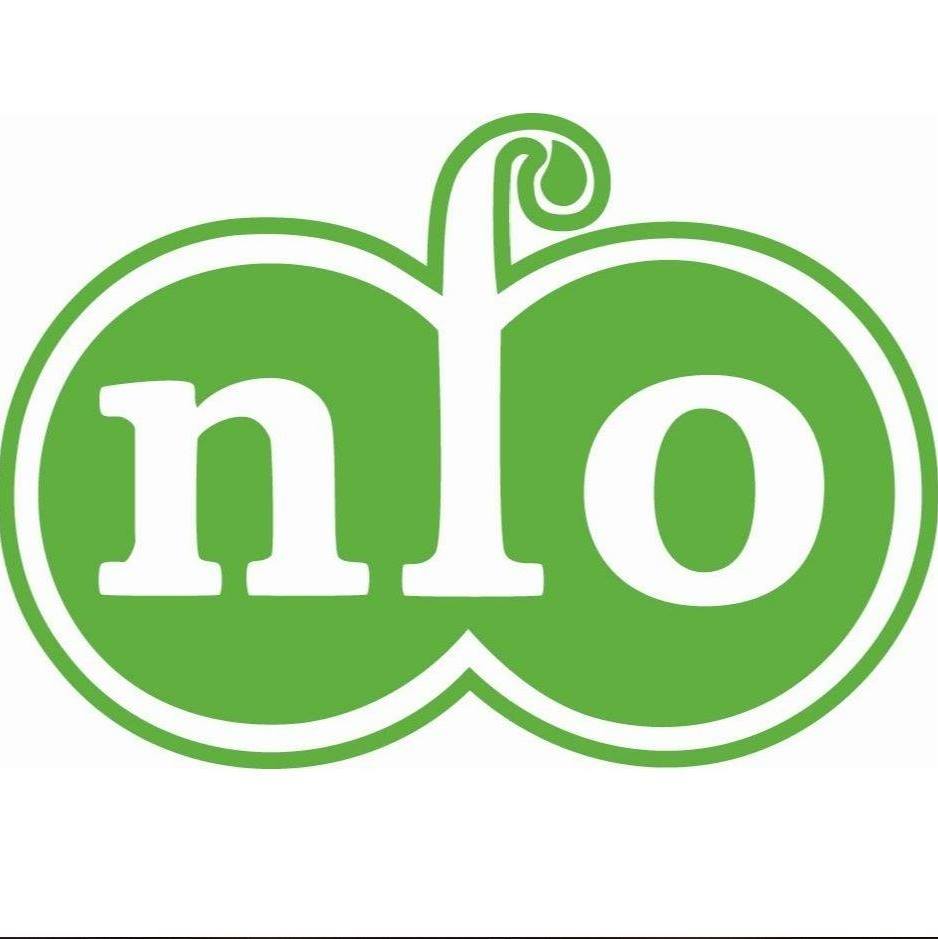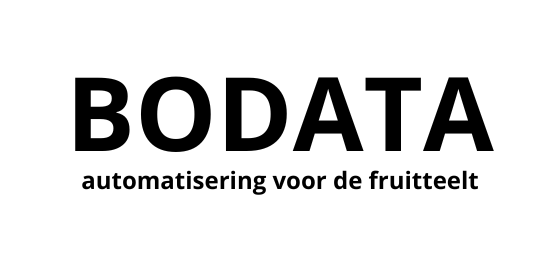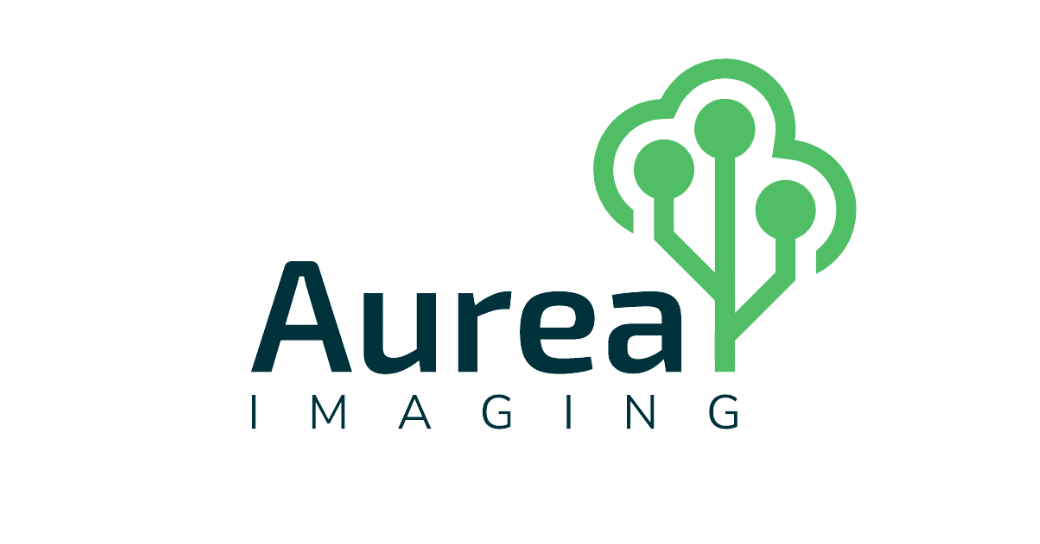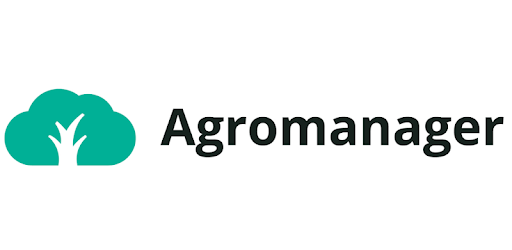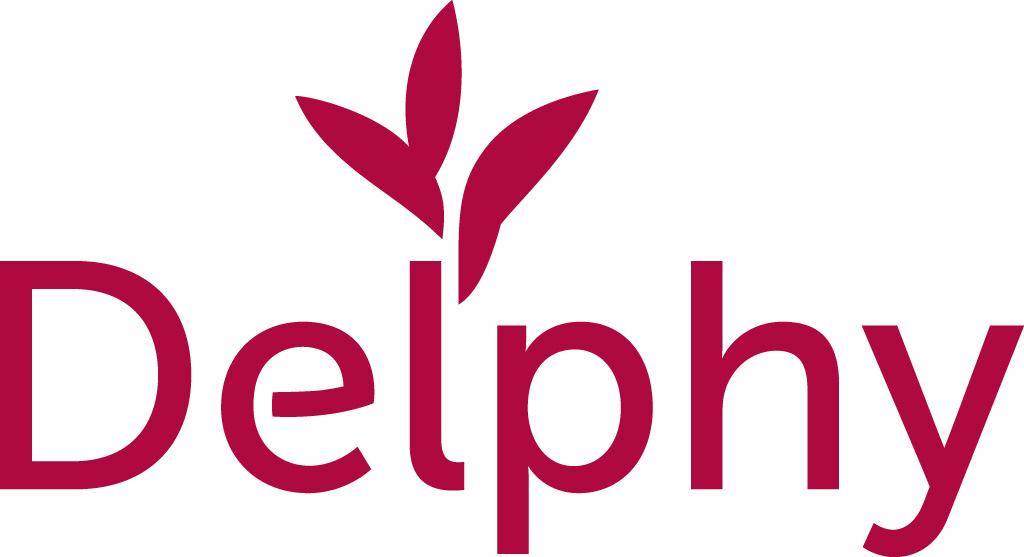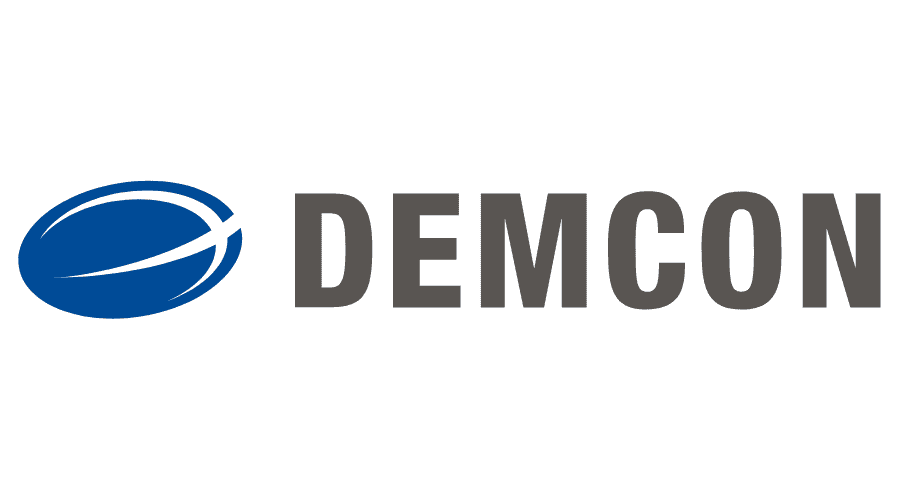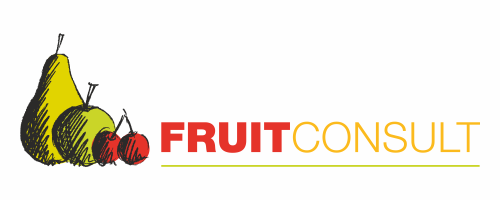In this work package, we focus on the practical application of data for fruit growing. The objective is to create a clear and well-organized data dashboard that fruit growers can use to focus more effectively on optimal production and optimal quality.
Sensor platform
This spring, taking photos with the sensor platform started again so that algorithms can be developed for the purpose of blossom detection and vigor-of-growth measurement. During flowering, photos of three different pear tree forms (central leader, double leader and open vase) were taken at different flowering stages.
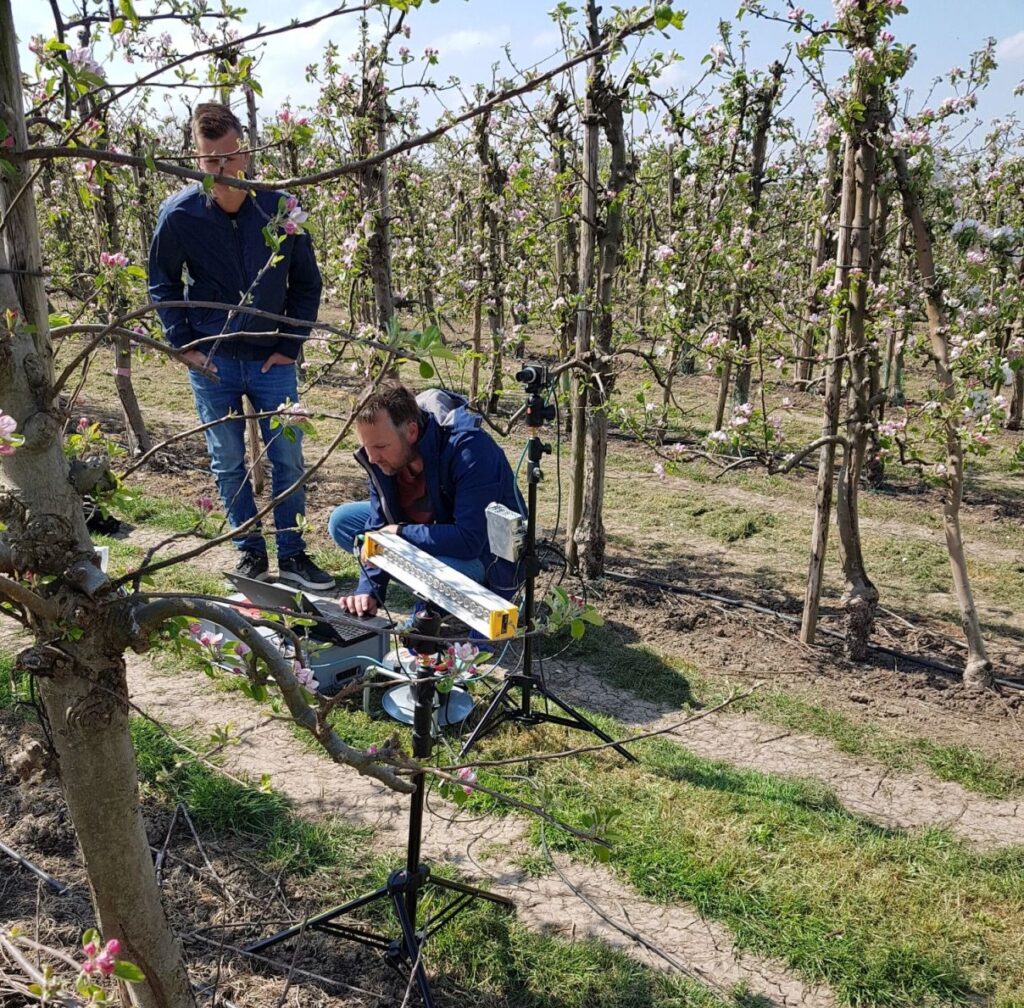
An initial analysis of the photos revealed that the image quality was not yet optimal. For pear trees, it was more difficult to detect blossom in the correct tree row due to blossom present in adjacent tree rows in the background of the photo. For this reason, experiments were carried out with other cameras and depth-of-field settings.
Adama Thinning Trial
In collaboration with Adama, a thinning trial by task card has been set for Elstar at Proeftuin Randwijk. This is a continuation of last year’s trial, where it was found that thinning by task card can reduce hand thinning.
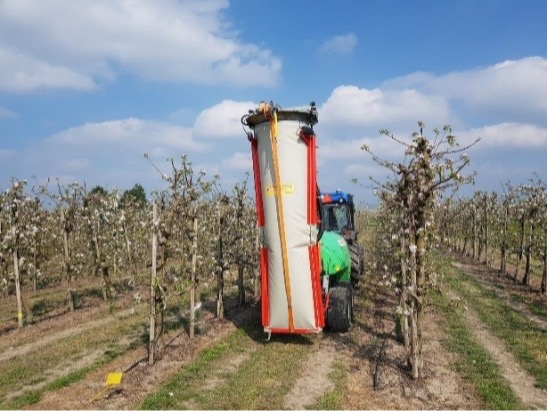
The effect on production was more difficult to determine due to the experimental design. A few weeks ago, the trial was set up again in the same plot and spraying took place by task card with a Munckhof demo machine. To ensure that the effects are optimally measurable, the number of blossom clusters of a large number of trees was counted. The trial has two treatment references, namely thinning all trees without Brevis and thinning all trees with Brevis. In the two treatments on task card, the limit is sought for minimizing hand thinning while maintaining optimal production. Trees with many blossom clusters receive up to four thinning sprays by task card. Trees with few blossom clusters do not receive thinning at all, but rather spraying with a fruiting agent.
Development of crop growth model
Last year, Delphy worked on developing a crop growth model for apple and pear within this work package. The goal is to estimate fruit shedding and final number of fruits. Development of this model will continue this year through follow-up measurements of apple and pear fruit and leaf development. In addition to this, we are running several other trials to study the effect of different combinations of vigor-of-growth and blossom level on final number of fruits.
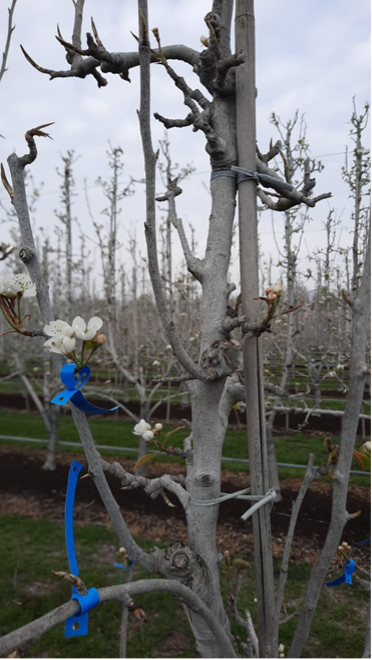
At Proeftuin Randwijk, there is, like last year, a trial on a Conference open vase tree where blossom thinning was applied to trees with average vigor-of-growth. The objective is to be able to study the influence of blossom level on final production. This will provide us with insight into the production capacity of a tree. During flowering, WUR’s sensor platform was driven along the trees to link sensor data to blossom cluster numbers.
A crucial element is the ultimate practicality of the application. WUR & Delphy are actively looking at the data from the sensor platform and drone technology as well as the acceptable application thresholds. There is also considerable overlap with the Precision Spraying Technology work package. We are also still looking at the data protocols that will ensure that all data streams are properly connected. This should be as transparent as possible for all chain parties.
Article by Pieter van Dalfsen and Rene Bal





